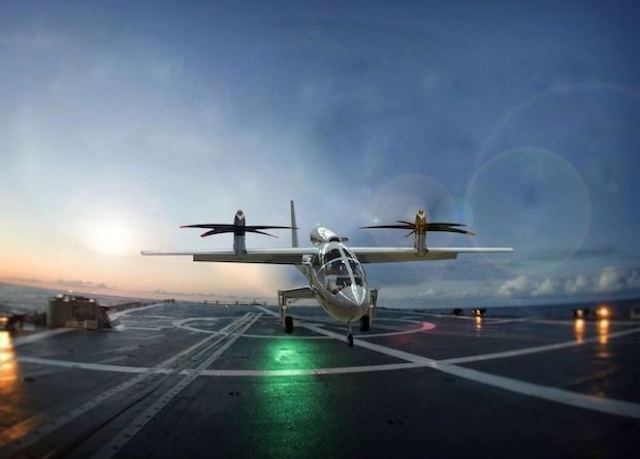American engineer Steven Kozloff showed the concept of a Pegasus hybrid tiltrotor with a flight range of 2.2 thousand kilometers. It will be able to transport four people with a cruising speed of more than 555 kilometers per hour.
In hybrid aircraft, a generator with an internal combustion engine generates electricity to power electric motors with propellers. They consume less fuel than conventional ones, and unlike electric ones, they can fly considerable distances.
Engineer Steven Kozloff, known for his projects of Goliath Series expedition yachts, in August presented the concept of a Pegasus hybrid tiltrotor with a range of 2.2 thousand kilometers. Externally, it is similar to the American V-22 Osprey and the Italian AW609, but differs in a hybrid powerplant. Its propellers drive two electric motors, each with a capacity of about 700 horsepower. The electric motors, in turn, are powered by a generator with a PT6A-67R turboprop engine. The power of the latter on the shaft is 1.4 thousand horsepower.
The length of the Pegasus is almost ten meters, and the wingspan is 10.1 meters. The maximum take-off weight of the tiltrotor will be 2721.6 kilograms. It will be able to fly at a cruising speed of more than 555 kilometers per hour and carry four people. Like all tiltrotor aircraft, Pegasus is capable of vertical takeoff and landing. But it is also equipped with retractable landing gear, so it will be able to climb and land like an airplane. For this, a 122-meter runway will be enough for him.
New Atlas notes that Pegasus has no backup energy sources at all. This means that damage to one of its propellers during takeoff can turn into an accident. Technically, such a tiltrotor can be built, but it will be difficult and expensive.
Several companies are currently engaged in the development of hybrid aircraft. Earlier we wrote about the French Daher, which creates an EcoPulse aircraft. Its first flight is scheduled for 2022.
Vasilisa Chernyavtseva

